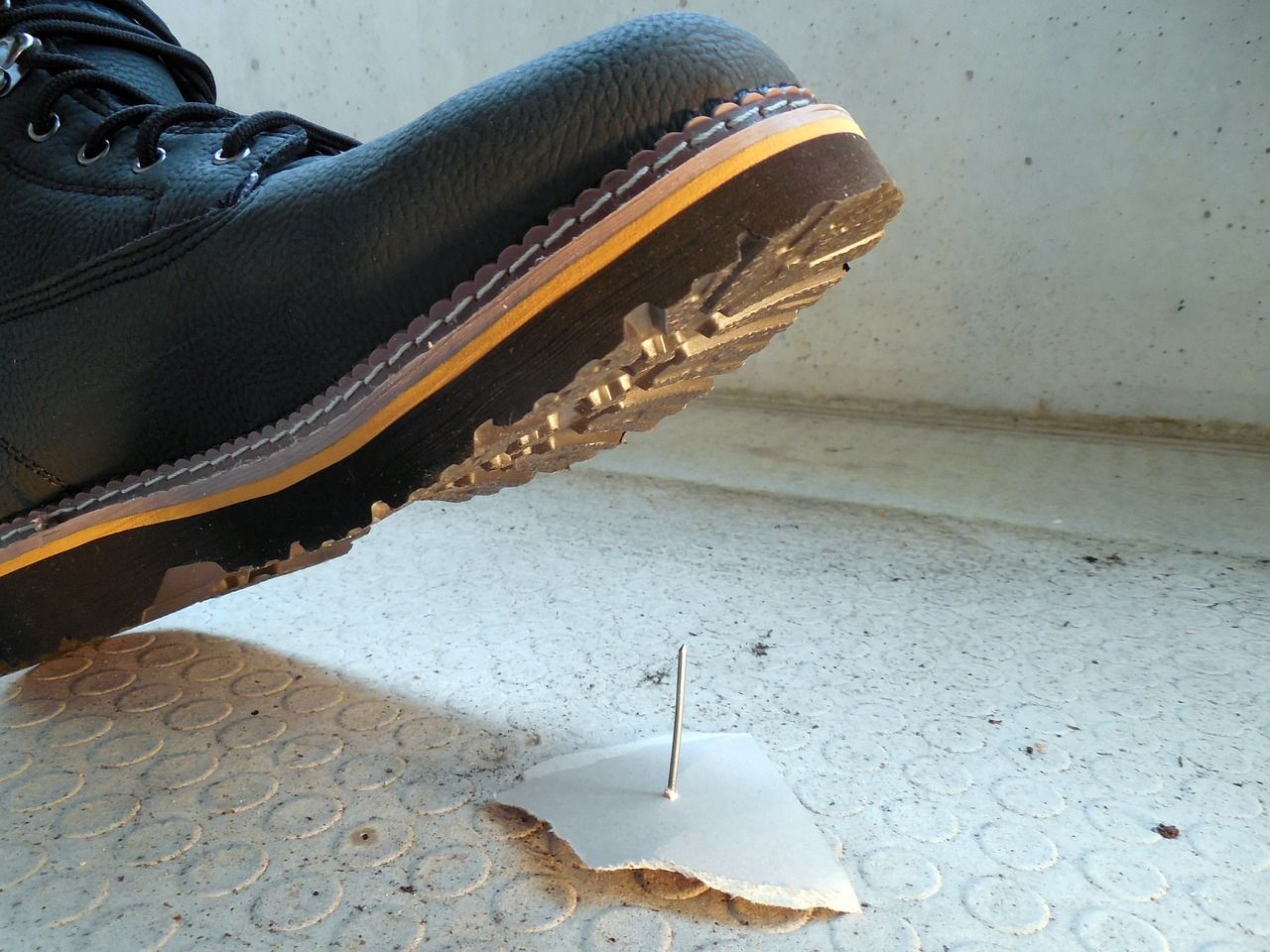
Critical vs Minor Injuries: A Manager’s Guide
When an employee gets injured at work, determining the severity is your first critical task. It can be tricky telling critical vs minor injuries. Like a dashboard warning light, certain symptoms signal that immediate professional medical attention is needed, while others can be addressed with proper first aid.
Assessing an injury correctly is like reading the weather – you need to know the difference between storm clouds and passing showers. In any workplace setting, whether an office, manufacturing floor, or warehouse, the ability to distinguish between serious and minor injuries can prevent complications and potentially save lives. Not every situation requires a 911 call, but missing the signs of a serious injury can lead to worsened conditions, longer recovery times, and increased liability concerns for your business. Making this distinction quickly but accurately requires knowing specific symptoms and warning signs.
Key warning signs that indicate a serious injury:
- Uncontrolled bleeding that doesn’t stop with direct pressure.
- Loss of consciousness, even if brief, or noticeable confusion and disorientation following any head injury.
- Difficulty breathing, chest pain, or any symptoms that might indicate a cardiac or respiratory emergency situation.
- Suspected broken bones, especially if there’s visible deformity.
- Signs of shock, including pale skin, rapid breathing, and weakness.
These red flags should never be ignored.
Critical vs. Minor Injuries – When It’s an Emergency
When in doubt about an injury’s severity, it’s always better to err on the side of caution. Professional medical personnel are trained to assess and treat injuries beyond the scope of workplace first aid capabilities.
Not all workplace injuries require emergency services. Many minor injuries can be effectively treated using proper first aid techniques and supplies from your workplace first aid kit.
Managing Minor Injuries Properly
Minor injuries such as small cuts, scrapes, minor burns, or light bruising can typically be handled on-site. Proper cleaning, bandaging, and monitoring are essential even for minor injuries, as they can sometimes develop complications if not treated correctly.
